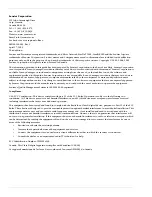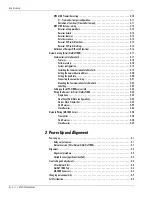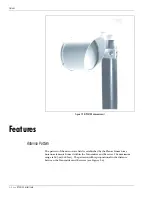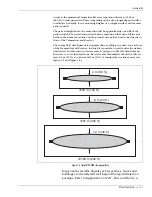Reviews:
No comments
Related manuals for MPS-4100

5912
Brand: Olympia Pages: 5

T5
Brand: Lampa Pages: 2

SRU
Brand: B-Cam Pages: 13

C7000
Brand: Malta Dynamics Pages: 16

ELSA
Brand: Sabre Pages: 50

QS1230-840
Brand: QOLSYS Pages: 3

VISTA-32FB
Brand: ADEMCO Pages: 56

GBM7300W
Brand: Abus Pages: 4

Hawk SX
Brand: ERNITEC Pages: 2

IP30 live
Brand: PNI Pages: 20

Esprit 738 EXPRESS
Brand: Paradox Pages: 36

UDVR45x4
Brand: Uniden Pages: 16

PZ7131
Brand: Vivotek Pages: 12

InfiViewCam
Brand: Infinique Pages: 7

SR8222
Brand: Lilin Pages: 111

CAM3365
Brand: Surveon Pages: 19

Accusat MT410G
Brand: GME Pages: 12

AF975R-DB
Brand: AVE Pages: 4

















